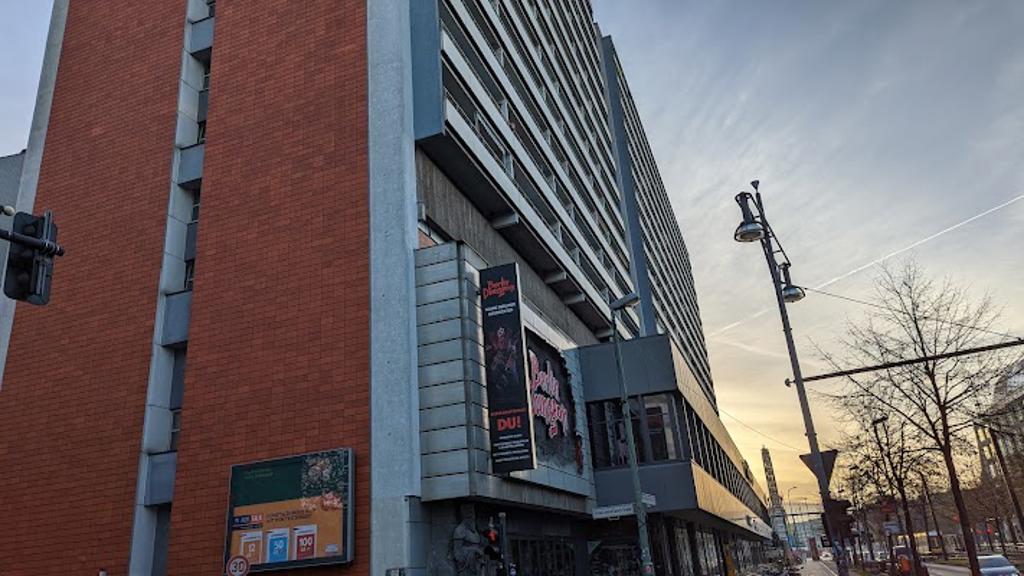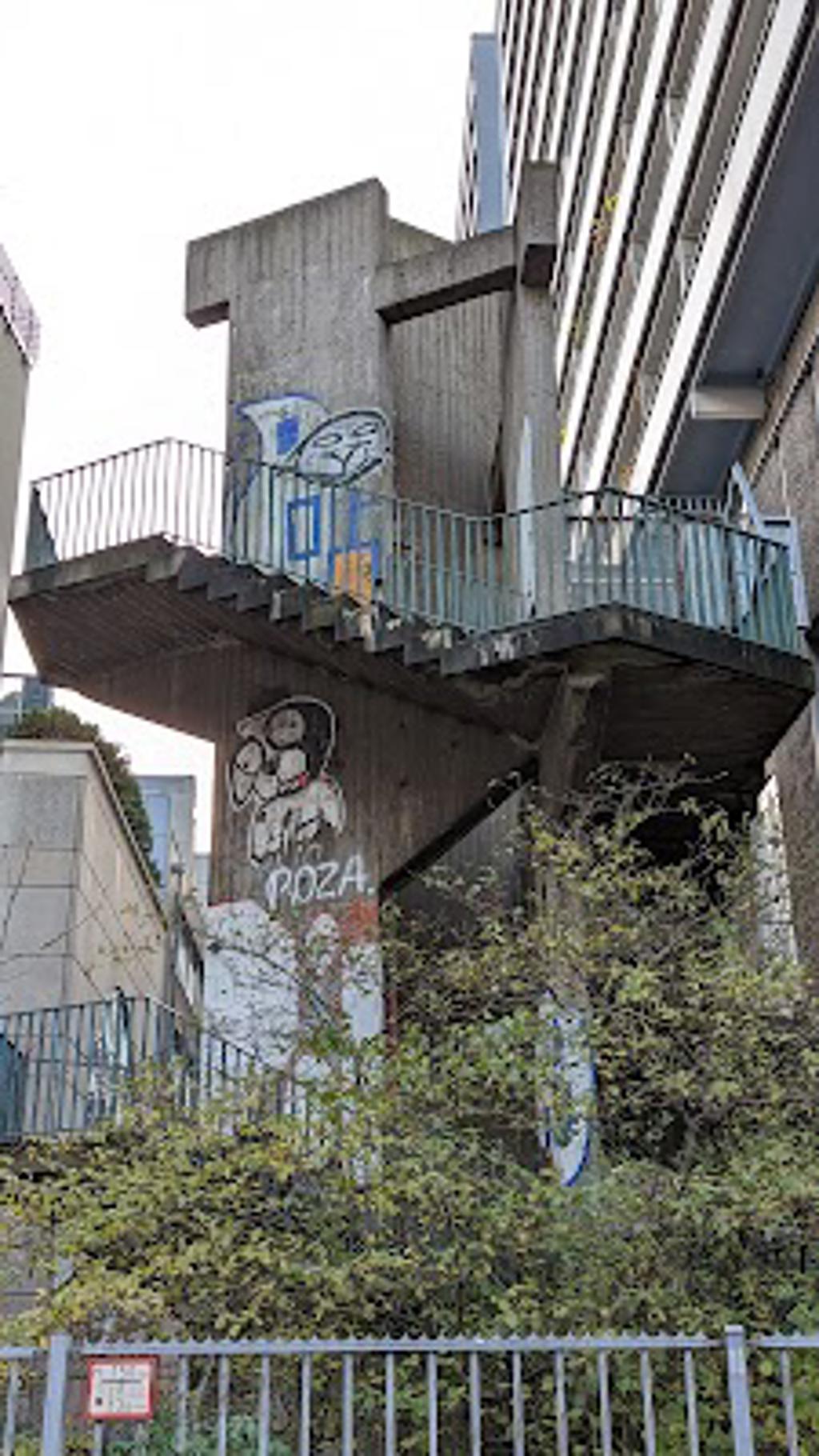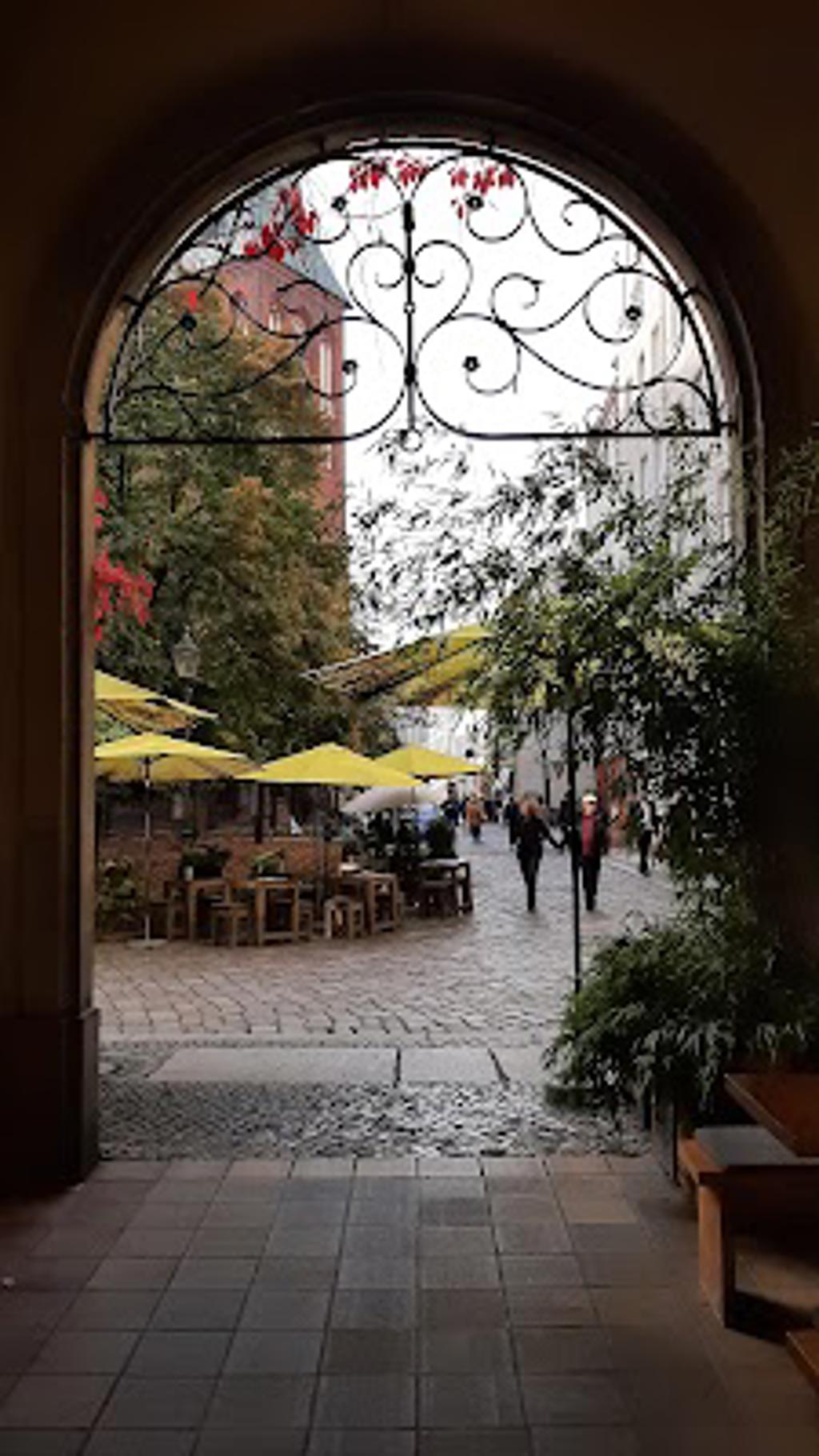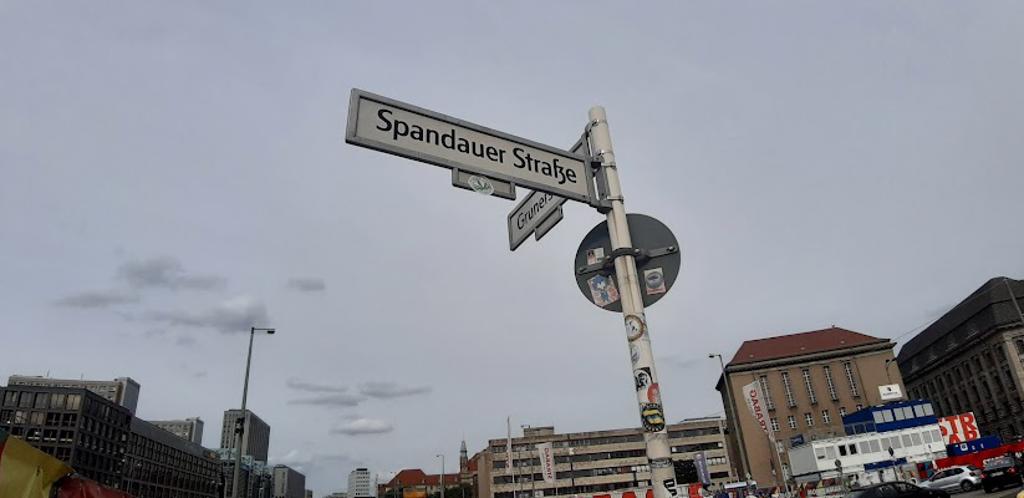About IN DIESEM HAUSE LEBTE UND WIRKTE UNSTERBLICHES MOSES MENDELSSOHN
The plaque commemorates Moses Mendelssohn, a philosopher who lived and worked in this house. The inscription reads, “In this house lived and worked the immortal Moses Mendelssohn.” It marks the residence of one of the most influential figures of the Enlightenment, whose ideas bridged Jewish tradition and modern philosophy. The building stands in the historic Nikolaiviertel, surrounded by cobblestone streets and restored medieval architecture, offering a glimpse into Berlin’s layered history.
Mendelssohn’s legacy is intertwined with the cultural and intellectual development of Berlin. His contributions to philosophy, religious tolerance, and Jewish emancipation resonate in the city’s identity as a hub of progressive thought. The plaque serves as a reminder of his enduring impact on both Jewish and European intellectual history.
Moses Mendelssohn’s Life and Work
Moses Mendelssohn was born in 1729 in Dessau and moved to Berlin in 1743. Despite facing discrimination as a Jew, he became a respected philosopher, earning the nickname “the German Socrates.” Mendelssohn’s writings, including *Philosophical Conversations* and *Jerusalem*, argued for religious tolerance and the separation of church and state. His work laid the foundation for the Haskalah, or Jewish Enlightenment, which sought to integrate Jewish life with European culture while preserving religious identity.
Plan your perfect trip to Berlin with Travo! Download now and start exploring.
Historical Significance of the Location
This house in Spandauer Straße was Mendelssohn’s home during his most productive years. It was here that he hosted intellectual salons, bringing together thinkers from diverse backgrounds to discuss philosophy, religion, and art. The Nikolaiviertel, where the house is located, is one of Berlin’s oldest neighborhoods, and its restoration after World War II reflects the city’s commitment to preserving its cultural heritage.
Details That Speak
The plaque itself is simple yet powerful, with its bold lettering emphasizing Mendelssohn’s “immortal” contributions. The surrounding architecture, with its red-brick facades and Gothic elements, evokes the historical atmosphere of 18th-century Berlin. Visitors can imagine Mendelssohn walking these streets, engaging in debates that shaped modern thought.
Living Legacy
Mendelssohn’s ideas continue to inspire discussions about religious freedom and cultural integration. The plaque is not just a memorial; it is a call to reflect on the values of tolerance and intellectual curiosity. Scholars, students, and visitors come here to honor his contributions and consider their relevance in today’s world.
Artistic and Cultural Context
The Nikolaiviertel itself adds depth to the experience of visiting Mendelssohn’s house. The area’s blend of medieval and modern architecture mirrors Mendelssohn’s own efforts to reconcile tradition with progress. The plaque, though modest, stands as a testament to Berlin’s role as a center of Enlightenment thought and its ongoing commitment to celebrating figures who shaped its identity.






Map loading...
Location
Spandauer Straße, 10178, Berlin
